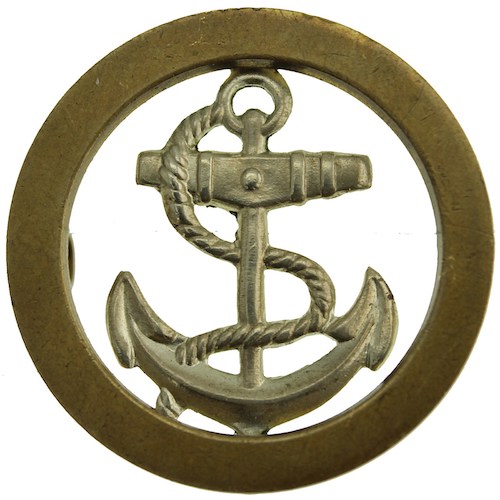Personal Details
Born: 27 February 1894 in Woodville, Derbyshire.
Family: He was the fourth of five children born to John Thomas Daly, an Inland Revenue Officer, and his wife Matilda, nee Ward. He married Evelyn Marjorie Lockhart Quarter 3 1927 in Birmingham. They had 2 sons, Timothy Patrick and Michael John, and a daughter, Elizabeth Ann.
Residence: In 1901 Harold`s family were living at 20 Church Street, Alloa, Clackmannanshire but ten years later they had moved to Bridgewater House, Whitchurch, Shropshire. The address given for him on the 1919 Absent Voters List was 2 Bridgewater Street and in 1925 it was “Kinkora”, Chester Road, Whitchurch. In 1939 he, his wife and children were living at 1128 Tyburn Road, Erdington, Birmingham. This remained his home until his death in 1953.
Education: Before moving to Whitchurch, Harold attended Alloa Academy, Alloa. He was admitted to Whitchurch Grammar School in April 1909. From there he went onto Birmingham University Medical School.
Employment: In 1923 Harold was a surgeon at Birmingham General Hospital. On the 1939 Register he was described as a physician and surgeon.
Died: 2 May 1953 in Birmingham, aged 59
Military Details
Regiment: Royal Navy (HMS Berbice)
Rank: Senior Reserve Attendant
Service Number: M17879
Date of Enlistment: 29 November 1915
Date of Discharge: 12 May 1918
Reason for Discharge: To resume his medical studies
Harold was awarded the Campaign Medals (British War Medal, and Victory Medal).

The British War Medal (also known as 'Squeak') was a silver or bronze medal awarded to officers and men of the British and Imperial Forces who either entered a theatre of war or entered service overseas between 5th August 1914 and 11th November 1918 inclusive. This was later extended to services in Russia, Siberia and some other areas in 1919 and 1920. Approximately 6.5 million British War Medals were issued. Approximately 6.4 million of these were the silver versions of this medal. Around 110,000 of a bronze version were issued mainly to Chinese, Maltese and Indian Labour Corps. The front (obv or obverse) of the medal depicts the head of George V. The recipient's service number, rank, name and unit was impressed on the rim.
The Allied Victory Medal (also known as 'Wilfred') was issued by each of the allies. It was decided that each of the allies should each issue their own bronze victory medal with a similar design, similar equivalent wording and identical ribbon. The British medal was designed by W. McMillan. The front depicts a winged classical figure representing victory. Approximately 5.7 million victory medals were issued. Interestingly, eligibility for this medal was more restrictive and not everyone who received the British War Medal ('Squeak') also received the Victory Medal ('Wilfred'). However, in general, all recipients of 'Wilfred' also received 'Squeak' and all recipients of The 1914 Star or The 1914/1915 Star (also known as 'Pip') also received both 'Squeak' and 'Wilfred'. The recipient's service number, rank, name and unit was impressed on the rim.


Please could you add that they also had one daughter, Elizabeth Ann, who was my mother.
Thank you for drawing this to our attention. We have added your mother to our website
Terry Fry
Volunteer, Whitchurch Museum & Archives